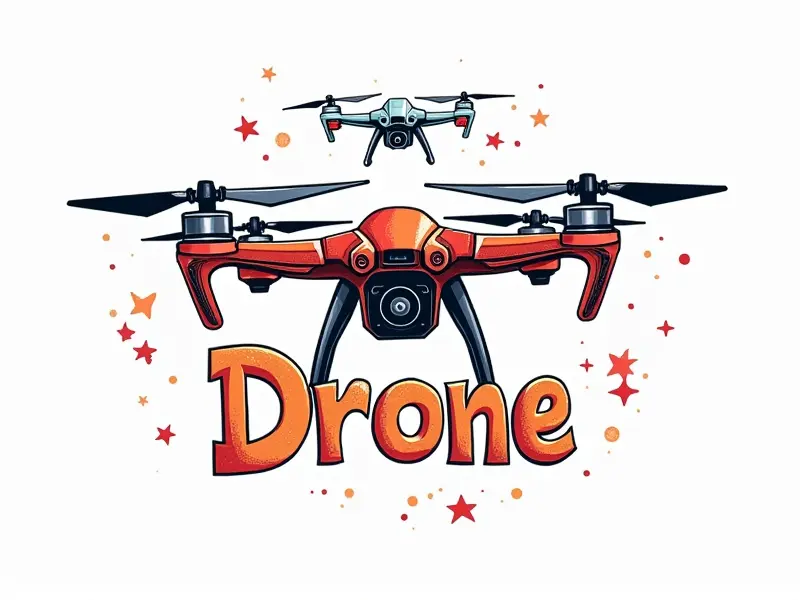How fast do FPV drones fly?

How Fast Do FPV Drones Really Fly?
First-person view (FPV) drones have become a sensation in the world of aerial technology, captivating enthusiasts and racers alike with their incredible speed capabilities. These high-performance flying machines are not just toys but serious racing vehicles that push the boundaries of what is possible in drone flight. In this article, we will delve into the top speeds achievable by FPV drones, explore the factors affecting their velocity, and understand how these tiny aircraft can reach astonishing velocities.
Top Speed of FPV Racing Drones
The top speed of an FPV racing drone is a testament to its engineering prowess. These machines are designed with aerodynamics in mind, featuring lightweight materials such as carbon fiber and advanced propeller designs that maximize thrust efficiency. The typical range for the maximum speed of an FPV racing drone falls between 70-120 miles per hour (mph). However, with highly optimized setups, some models can exceed this range significantly.
Unleashing the Speed of FPV Drones
To unleash the true potential of your FPV drone, several key factors must be considered. Power systems, frame design, and propeller efficiency play crucial roles in achieving high speeds. High-performance batteries with high discharge rates provide the necessary power to drive motors at their peak capacity. Additionally, aerodynamic frames minimize drag while ensuring stability during rapid maneuvers.
Max Speed Capabilities of FPV Drones
The maximum speed capabilities of an FPV drone depend on multiple variables including motor type, propeller size, and electronic speed controller (ESC) performance. Advanced ESCs can handle higher current loads efficiently, allowing motors to operate closer to their theoretical limits without overheating or failing under stress. Propellers designed for high RPMs contribute significantly to the overall thrust generated by the drone.
FPV Drone Racing: Pushing Speed Limits
In the competitive world of FPV racing, pilots continuously strive to push speed limits further. Competitive races often feature courses that challenge racers with tight turns and long straightaways designed specifically to test their machines' top speeds. The thrill of watching or participating in such events showcases not only technological advancements but also the skill and determination of the pilots.
Exploring the Velocity of FPV Drones
The velocity of an FPV drone is a complex interplay between hardware specifications and software optimization. Pilots use sophisticated telemetry systems to monitor real-time data such as battery voltage, motor RPMs, and airspeed during flight. This information helps them fine-tune their setups for optimal performance in different conditions.
Breaking Down FPV Drone Flight Speeds
To break down the factors influencing FPV drone flight speeds, let's examine key components:
- Motors: High KV (Kilovolt) motors generate higher RPMs with less current draw.
- Batteries: High discharge rate batteries provide sustained power output.
- Firmware: Custom firmware can enhance control over motor performance and stability.
Achieving 100+ MPH on Your FPV Drone
Achieving speeds of 100 mph or more requires a well-balanced setup combining optimized hardware and software configurations. Pilots must also possess extensive experience in handling high-speed flights safely, as risks increase exponentially at these velocities.
Fastest FPV Drones in the World Today
The fastest FPV drones in today's market boast impressive specs that push technological boundaries:
- DJI Runcam Swift 3: Known for its lightweight design and high-speed performance.
- Holybro Tarot 1086: Features advanced motor technology for unmatched thrust efficiency.
Understanding FPV Drone Flight Velocity
To fully understand the flight velocity of an FPV drone, it's essential to grasp how each component interacts within the system. Velocity is influenced by the interplay between propulsion systems and aerodynamic design, necessitating careful calibration for optimal results.
The Speed Factor in FPV Drone Racing
In FPV racing competitions, speed is a critical factor determining success. Racers who can maintain high velocities while executing precise maneuvers gain an edge over their competitors. The ability to balance raw power with agility separates the best from the rest in this exhilarating sport.
Conclusion
The world of FPV drone racing continues to evolve, driven by constant innovation and competition among enthusiasts worldwide. As technology advances, we can expect even faster drones capable of reaching unprecedented speeds while maintaining stability and control. Whether you're a seasoned pilot or just starting out, understanding the intricacies of FPV drone speed will enhance your enjoyment and performance in this thrilling hobby.

